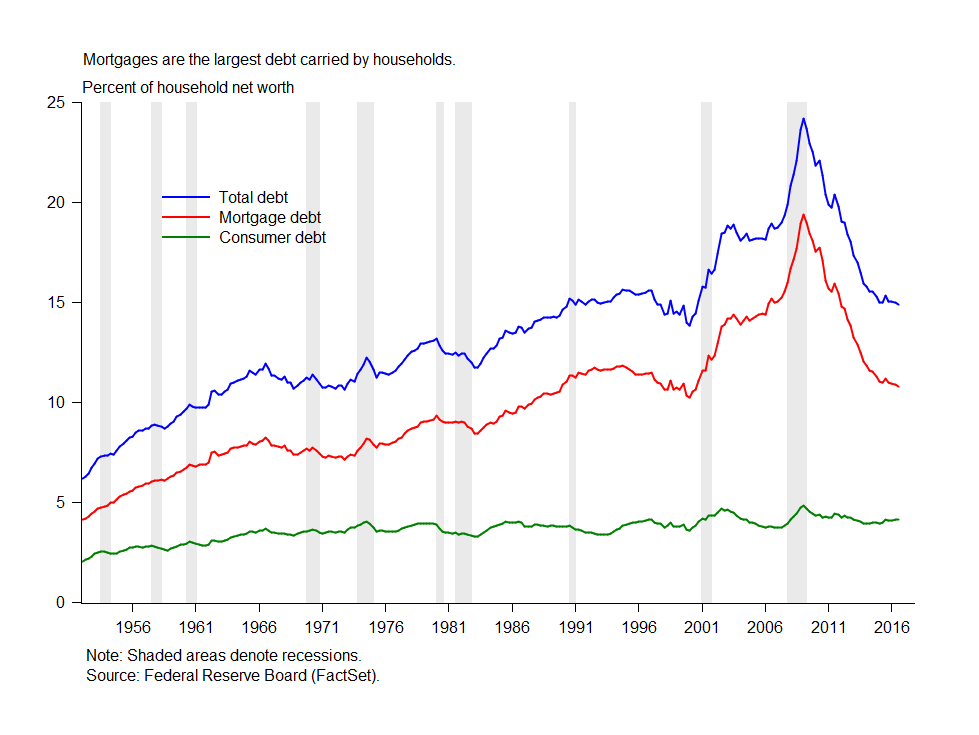Government involvement in credit markets: The FHA reverses plans to cut insurance premiums.
The Federal Housing Administration (FHA) backs millions of mortgages for consumers who would otherwise struggle to obtain credit from private lenders. FHA lending standards are more lenient than private lenders such as banks and credit unions.
Consumers with low credit scores and little in savings often seek FHA loans. Traditionally a private lender requires a solid credit score and a 20 percent down payment. In comparison, the FHA will approve consumers with below-average credit scores and 3.5 percent down payment. To compensate for additional risk, consumers with an FHA loan must pay an insurance premium on their mortgage. The premium is meant to insure the mortgage against default.
The Obama administration had planned to cut the insurance premium paid by FHA borrowers. However, the Trump administration indefinitely suspended the cut. The FHA argued that the premium cut would lower monthly payments and expand mortgage affordability. On the other hand, research from the International Center on Housing Risk suggests that premium cuts will do little to expand home ownership. The bigger debate is the extent of government involvement in mortgage markets.
AIER has argued for many years against government involvement in mortgage markets. The free market, not the government, is the most efficient allocator of credit for several reasons. First, private lending institutions can correctly respond to changes in supply and demand. Government policies have often encouraged the over-supply of credit (think housing in 2005). Second, private-market lending does not require an extensive bureaucracy. Imbalances in credit markets could be solved by allowing the free market to restore equilibrium between supply and demand.
The reality is that the federal government is a prominent lender in U.S. mortgage markets. During the 20th century, the federal government set up several institutions to encourage mortgage lending. The Federal Housing Administration (FHA) was set up during the New Deal. Fannie Mae and Freddie Mac were created in 1970, although they later became private institutions. Government institutions are deeply involved in the mortgage market, which has historically accounted for the largest share of consumer debt.
Since the 1950s, mortgage debt as a share of household net worth has averaged 9.9 percent. Household net worth is calculated as assets minus liabilities. During the recent housing bubble, mortgage debt as a share of household net worth reached over 16 percent. As of the third quarter of 2016, mortgage debt accounted for a much more reasonable 11 percent of net worth. In comparison, other consumer debt was 4.1 percent of net worth in the third quarter.









